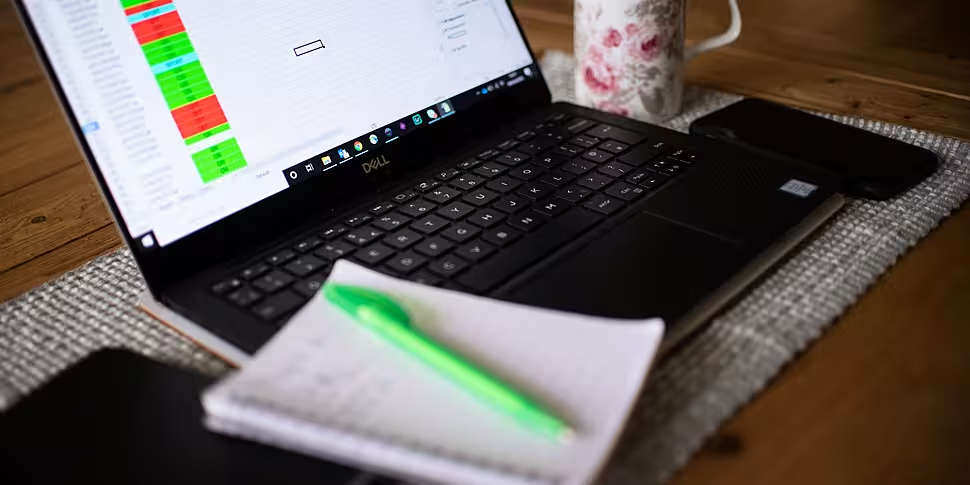The return to the office is likely to be ‘tentative and almost experimental’ at first, a leading expert says.
The Government is finalising its roadmap for reopening, with a phased return to the workplace expected to get underway in September.
For many staff, it’ll be the first time returning to the workplace since the pandemic began last March, after 18 months of remote working.
However, many businesses - including big names like Google - are already saying remote and blending working arrangements will now be a much bigger part of everyday working life.
This new approach is something the Government is also keen to promote, with work underway on legislation that would give staff the right to request to work remotely.
Leading 'Future of Work’ consultant, Kevin Empey, spoke to Down To Business about what workers and employers alike should be expecting.
Naturally, different industries, different sectors, and even different company sizes will have their own unique concerns and logistics to work through.
Blended working also won’t be an option for everyone - sectors like retail will inevitably need to have workers on-site as usual.
Kevin said: “I think there’s a different dynamic if you’re trying to plan a transition for 10 folk back into a small company… [compared to] if you’re dealing with 100s or 1000s of people.”
“For bigger organisations that do have a choice… quite a few do have some sense that over the next few months it’s going to be a very tentative and almost experimental return. COVID is still there, and it’s also going to be tactically and operationally quite a challenge.
“For the next few months, this transition phase is going to be quite a gradual return. Some employees are a bit nervous and apprehensive, while some are dying to get back.”
A cautious approach is likely at first, then, and Kevin suggested it will likely be early to mid-2022 when businesses will really be looking at what the new model will look like into the future.
He said both employers and employees will have responsibilities in a blended working environment, noting that “flexibility goes both ways”.
Employers will need to make sure a working environment is safe for workers, while staff will have an obligation to get the work done if given more freedom to work from home as well as the office.
Kevin observed: “During the pandemic, we were just getting on in an emergency situation. If it’s going to be more sustainable… this issue is going to have to be looked at more carefully.”









